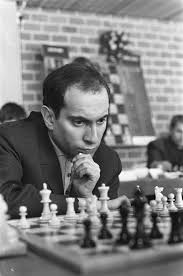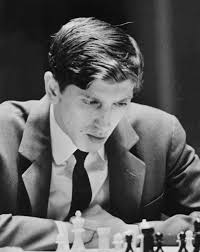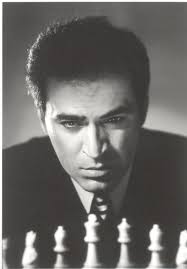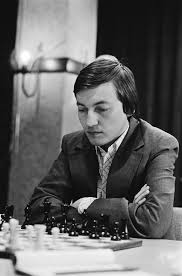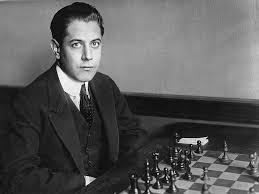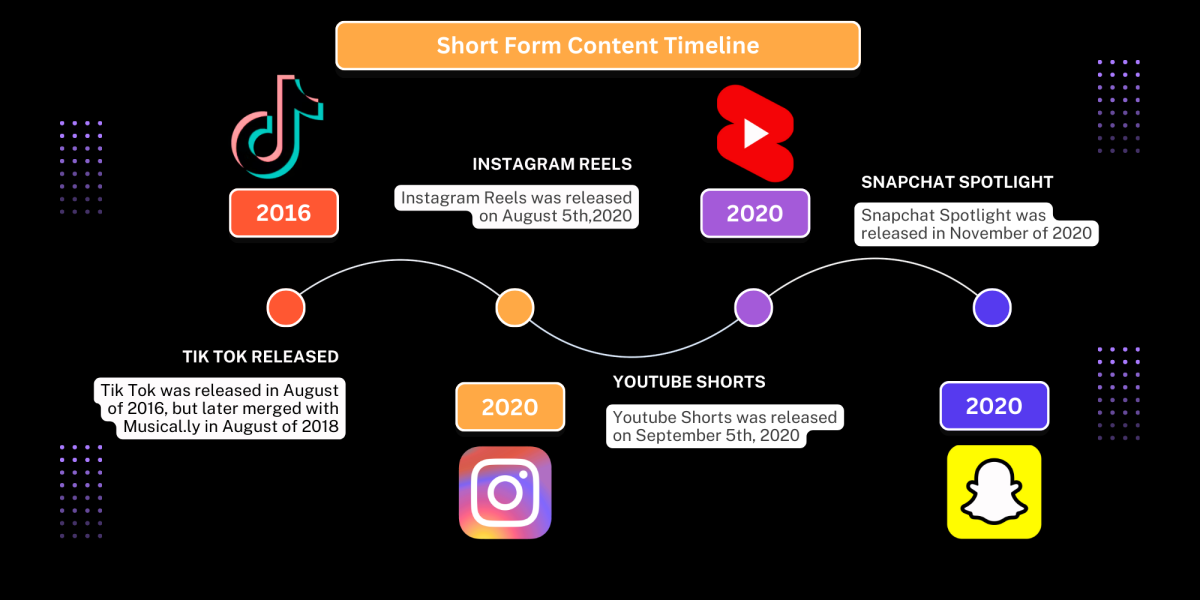Claude Shannon, the father of the information age, once said,“…there are even more possible variations of chess games than there are atoms in the observable universe.” There have been many chess players throughout history; for instance, we have legends from the 1800s, such as the first world champion, Boris Spassky.
The 1900s in particular were indeed wild times as the World Champions of that time shattered the limits of chess as a board game. World Champions like Mikhail Tal, Bobby Fischer, Garry Kasparov and others would ultimately bring great change through their masterful play.
Mikhail Tal:
Mikhail Tal, also known as “The Magician from Riga” was a legendary attacker. His opponents almost always succumbed to his vicious attacks, which involved some of the most famous sacrifices in chess history. Giving up a piece for checkmate or to win another piece became his style trademark; it was said that Tal would even sacrifice his health to win a game of chess. In 1960 and 1961 he was the world champion. He was able to defeat titans like Garry Kasparov, but Tal would meet his match when he played against Bobby Fischer.
Robert J. Fischer:
Robert James Fischer, later known as Bobby Fischer, was and still is commonly thought of as the best chess player who ever lived. Fischer defeated the likes of Mikhail Tal and other soviet grandmasters. He popularized the Najdorf Variation (adopted by many other strong players at the time, including Garry Kasparov) of the Sicilian Defense, which utilized the following moves: e4, c5, Nf3, d6, d4, cxd4, Nxd4, Nf6, Nc3, a6. He was the world champion for 3 years from 1972 to 1975. He eventually quit chess because he believed there was absolutely no one who could defeat him.
Garry Kasparov:
Garry Kasparov is an excellent chess player, another considered to be one of the best chess players who ever lived. His strength lies in positional play and exploiting positional weaknesses in his opponent’s position. He had the highest FIDE (Fédération Internationale des Échecs, the French acronym for the “International Chess Federation”) rating in the world until Magnus Carlsen was able to surpass him. Kasparov was the world champion from 1985 to 1993, after which Vladimir Kramnik defeated him to become the next world champion.
Anatoly Karpov:
Anatoly Karpov is another brilliant positional player and would eventually form a rivalry with Kasparov. Karpov hit the internet as a meme when he faced off against Misha Ospiov, who was three years old at the time. Karpov was able to defeat Boris Spassky, and Kasparov believed Anatoly had good chances against Bobby Fischer. After Karpov was granted the title of world champion after Fischer refused to play by FIDE rules, he would spend the duration of his reign trying to prove that he was worthy as the world champion and proved his immense skill until he lost to Kasparov. He was the world champion from 1975 to 1985.
José Capablanca:
Capablanca was an endgame master, just like Magnus Carlsen(The 16th world champion and the highest rated player yet). The term “endgame” in chess refers to the final stage of a game of chess where all the pieces (or almost all) have been traded off and players race to promote their pawns first to get a Queen and, therefore, an advantage. What differentiated Capablanca from other Grandmasters at the time and especially today was he never studied theory (the details of how to play an opening). Instead, José opted to simplify the position as much as he could and then achieve an endgame where he would outperform his opponents with pure skill. Capablanca was the third world champion and held the title from 1921 to 1927.
These players proved their immense skill – Millions of people around the world play chess today – analyzing these grandmasters’ games to develop their skills – and have obtained some useful skills that will help them later in life: patience, calculation and curiosity. The players from the past have shown their worth, and their games will last for a long time.



